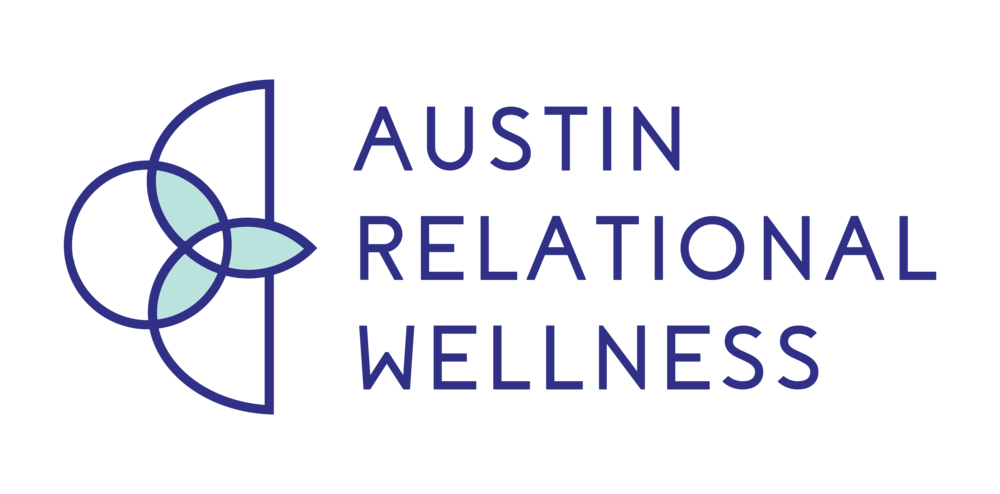In my previous post, I wrote about attachment theory, attachment styles, and specifically, anxious attachment style. In this post, we’ll explore another type of attachment style — avoidant attachment style.
Avoidant Attachment Style
People with an avoidant attachment style are generally more distant or dismissive of closeness and intimate relationships. Oftentimes, these individuals did not receive the closeness they were perhaps craving as a child. Their need to express emotions and connectedness was met with disapproval. Those with an avoidant attachment style perhaps had more closed-off, emotionally unavailable, or stern parents. With this, as adults, those with an avoidant attachment style can be very independent and self-sufficient and appear confident. These individuals may fear too much closeness and come off as dismissive.
Avoidant Attachment Style Triggers
Those with avoidant attachment styles can display the image of being overall happy and “fine.” At the same time, on the inside, they struggle to connect with their partner or to feel safe expressing themselves deeply. They might appear to have high self-esteem and a fun-loving personality. They are easy to be around, and it often seems like they have it all together, but they struggle to actually get close to others. For those with avoidant attachment style, a relationship can start to feel scary when the bond starts to feel too “deep.” It may feel like a closed door when it comes to emotional closeness and intimacy with this attachment style. To a partner, this may seem hot and cold and be confusing.
Ways to Manage an Avoidant Attachment Style
For those with avoidant attachment style, a first step to managing this style is actually to create space and distance. This is a good time to self-reflect and recalibrate the nervous system. Once you regulate your nervous system, you can start asking yourself questions like — “What do I feel? What sensations are arising emotionally and physically? What will make me feel safe to open up?”
Then ask yourself — “What do I need, and what should I do?” How can you feel safe to share with your partner and lean into the conversation? What will make you feel close? Gaining insight into your internal compass and taking baby steps towards softening towards another person is a strong step forward that can lead you from avoidant to secure attachment.
For the partner of an individual with avoidant attachment style, it can be so hard to give the avoidant partner space, especially if the partner leans towards an anxious attachment style themselves. The partner may need to take a beat and get curious about their own attachment triggers to give room for their partner to manage theirs. You can also approach your partner by asking how you can support them and how the two of you can connect in the moment.
In addition to self-reflection and nervous system regulation, individual therapy, marriage counseling, couples therapy, and mindfulness practices can help you manage your avoidant attachment style.
Article by Sarah Imparato, MA, LMFT Associate
Offering Austin Couples Therapy & Individual Therapy in Austin, Texas



































